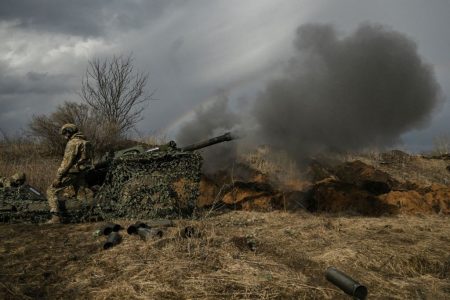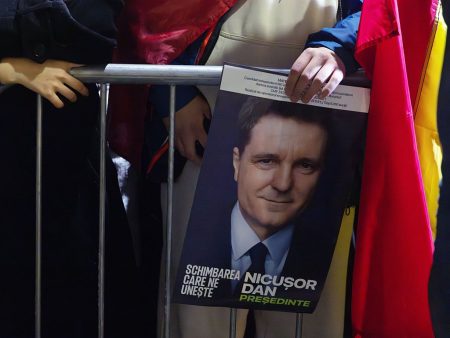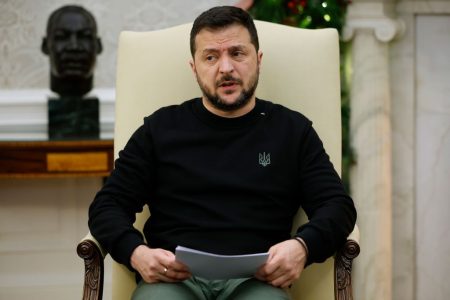Videos circulating on social media claiming to show Romanian air defense units shooting down Russian attack drones over Ukraine have been debunked by Romania’s Defense Ministry. The Ministry stated that the videos falsely suggested that Romania was being targeted by Russian drone attacks when, in reality, Russia was targeting Ukraine’s port infrastructure on the Danube. A drone attack was launched against Izmail in southwestern Ukraine, leading the Romanian Air Force to scramble its F-16 fighter jets. However, the Defense Ministry clarified that Romanian forces did not fire on Russia’s means of attack, as doing so would require firing on Ukrainian territory.
Romanian Prime Minister Marcel Ciolacu also addressed the situation, stating that shooting down the drones would involve firing on Ukrainian territory, which is currently not permitted. He assured that the drones were usually taken down by Ukrainian artillery and posed no immediate danger to Romanians in the area. Romania has taken measures to protect its citizens living near the Ukrainian border, including the construction of air raid shelters and the deployment of drone defense systems. The Defense Ministry’s statement aimed to counter the false narrative spread by the videos on social media and clarify the actual events that transpired during the drone attack.
In a separate development, Ukraine’s military intelligence reported that Russia was using new, cheap drones to locate Ukraine’s air defense systems and act as decoys. The spokesperson for Ukraine’s military intelligence, Andrii Cherniak, explained that Russia had started using these drones to identify air defense systems and confuse Ukrainian forces. This new tactic by Russia poses a challenge to Ukraine’s military capabilities as they try to defend against drone attacks in the ongoing conflict in Eastern Europe. The use of cheaply-made drones as decoys adds another layer of complexity to the already volatile situation in the region.
The misinformation spread by the videos on social media and the new tactic of using cheap drones by Russia highlight the challenges faced by countries involved in the conflict in Eastern Europe. As tensions continue to escalate, it becomes crucial for governments and military organizations to provide accurate information to the public and respond effectively to new strategies employed by opposing forces. The involvement of drones in modern warfare presents unique challenges for defense forces, requiring constant adaptation and innovation to counter evolving threats. The use of drones as decoys underscores the need for enhanced surveillance and defense systems to safeguard against such tactics.
The defense measures taken by Romania in response to the drone attack demonstrate the importance of proactive planning and preparedness in dealing with potential threats. By constructing air raid shelters and deploying drone defense systems, Romania aims to enhance the protection of its citizens and infrastructure near the Ukrainian border. Such measures reflect the commitment of the Romanian government to ensuring the safety and security of its population in the face of escalating tensions in the region. The coordination between defense forces and government authorities is essential in effectively responding to emerging threats and maintaining stability in the midst of conflict.
Overall, the incidents surrounding the drone attack, the debunking of false narratives on social media, and the use of new drone tactics by Russia underscore the complexities of modern warfare and the need for vigilant defense strategies. As countries navigate through a volatile and uncertain geopolitical landscape, it is imperative to prioritize transparency, accuracy, and proactive defense measures to safeguard against potential threats. By staying informed, prepared, and adaptable, nations can effectively address evolving challenges posed by emerging technologies and tactics in the realm of conflict and security. Collaboration and cooperation between defense forces, intelligence agencies, and government authorities are essential in mitigating risks and enhancing resilience in the face of dynamic security threats.















